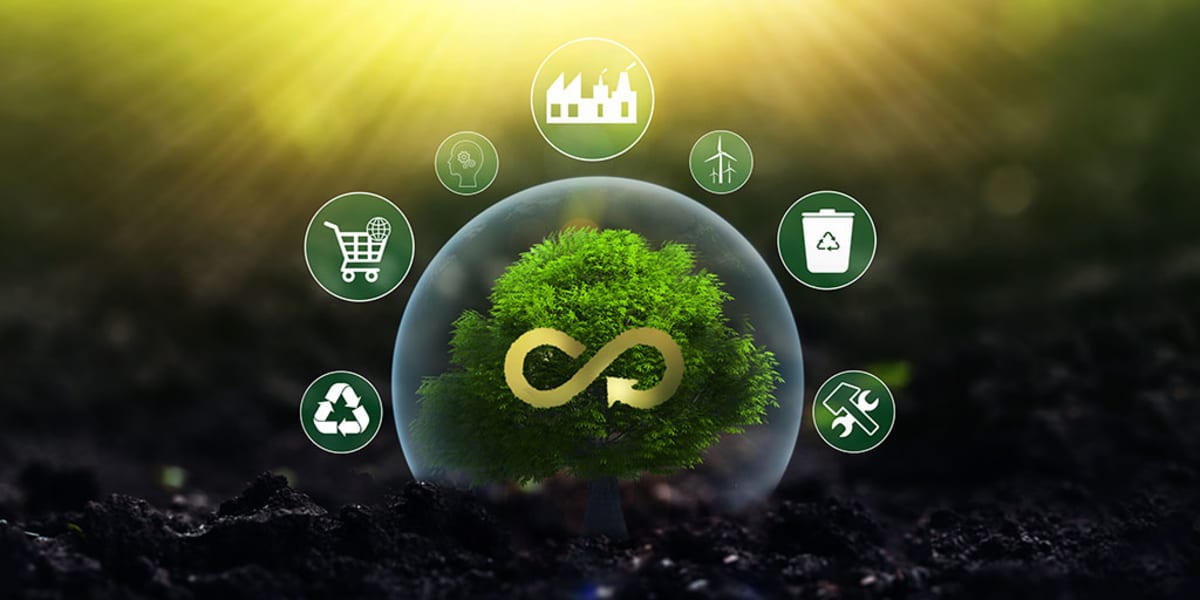For many organizations, aligning with goals to combat climate change, promote social good, and conserve natural resources is a relatively new endeavor. But for some corporate giants, this has been the practice for decades. Typically, organizations begin with compliance to environmental, health, safety, and quality standards, often at the behest of its customers or to operate legitimately where such standards are law.
What follows next for organizations on this journey is the gathering of data, setting tangible goals and working to change themselves to achieve these goals. The United Nations has set a goal of “zero emissions” by 2050. Zero emissions means not adding new emissions to the atmosphere, and according to Forbes, at least a fifth of the world’s largest publicly traded companies are committed to this goal. Yet, according to a study from Accenture, without seriously cutting their current emissions, most companies will not achieve this goal.
What are serious companies doing?
Companies that have already tightened their emissions belt – switched to renewable energy, optimized operations, and hold themselves accountable to aggressive emissions goals – have typically addressed both their Scope 1 and Scope 2 emissions. To further their overarching goals, they are turning their sights on their Scope 3 emissions – that is the emissions of their suppliers. How do they do that? They leverage their buying power. They look for products and services from suppliers that are aligning with their sustainability goals and they pressure their current suppliers to themselves drive sustainability. In contemporary sustainability parlance, this practice is known as sustainable procurement.
Nearly ten years ago, buyers, suppliers, and public interest advocated founded the non-profit Sustainable Purchasing Leadership Council to develop programs to simplify and standardize sustainable purchasing for large organizations. The council attracts a wide variety of sectors and regions and represents more than 180 members whose collective purchasing power totals more than $300 billion.
For some 15 years, organizations eager to drive sustainability into their supply chain, have partnered with third-party firms such as Ecovadis. As Scope 3 emissions gain more and more importance, companies use Ecovadis’ scorecards to compel their suppliers to report on their initiatives and progress across four pillars – environment, labor & human rights, ethics, and sustainable procurement. Some sustainability giants “put the squeeze” on their suppliers to both report to Ecovadis and improve their performance from year to year, actually threatening suppliers with loss of approved vendor status should they not comply.
illumynt helps our customers reduce Scope 3 emissions by keeping IT assets out of waste streams and extending their “use phase”. Overall, the best way to address Scope 3 emissions in electronics is to extend the useful life of equipment through reuse strategies.
Join me in my continuing blog series as I discuss all things related to sustainable electronics.




